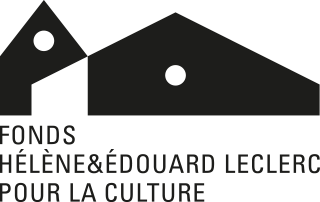- Publié le 13/07/2018
- Par Équipe Médiation
Pas à pas > "La tentation de l’abstraction"
Le début des années 1930 est marqué par des recherches formalistes dans lesquelles la schématisation et la simplification des corps tendent vers l’abstraction. Avec Barbara Hepworth et Ben Nicholson, Moore contribue à renouveler l’art britannique dans une direction radicalement nouvelle. Alors que les premiers tendent vers une abstraction purement géométrique, les compositions de Moore semblent plutôt le résultat d’une observation minutieuse de la nature. Moore participe volontiers aux différents courants abstraits qui coexistent : 7 and 5 Society, Unit One, Circle, mais refuse de s’enfermer dans tout systématisme. La plupart de ses oeuvres, y compris les plus abstraites en apparence, contiennent souvent « une référence aux émotions humaines » quand ce n’est pas un lien plus direct à la figuration.
Abstraction
The early 1930s were marked by formal experimentation in which the geometrisation and simplification of the body leaned towards abstraction. Moore, together with Barbara Hepworth and Ben Nicholson, helped to bring about a renaissance of British art on a new and radically different path. Hepworth and Nicholson leaned towards purely geometric abstraction, whereas Moore’s compositions appeared to be more the result of a careful observation of nature. Moore participated in the different abstract movements of the time: 7 & 5 Society, Unit One, and Circle, but refused to be hemmed into any one category. The majority of his works, including the more apparently abstract ones, often “refer to human emotions” and relate closely to reality and nature.
S'ABONNER AUX NOUVELLES DU FONDS
FHEL
POUR LA CULTURE
AUX CAPUCINS
29800 LANDERNEAU (FRANCE)
02 29 62 47 78





